🔴REPLAY: JPMorgan's $1.5 Trillion vs Trump's NSS - JD Vance Sabotaged in 2028
Thanks for tuning in! Join us next Thursday for our next LIVE show.
The second Trump Presidency is less than 30 days away, but the physical economy is already being reorganized to rise up to the demands that the new Trump Presidency will place upon it.

The second Trump presidency is less than 30 days away, but the physical economy is already being reorganized to rise up to the demands that the new Trump presidency will place upon it. The shackles and barriers are falling all around.
In today's report, we discuss the rebirth of the American nuclear industry, the Pulsed Plasma Rocket design, arrangements being made to build the first baseload fusion power plant in Virginia, employmnent opportunities in fusion research and engineering, and the first private space station that is set to launch next year.
With all the controversy around the federal budget and national debt, it is important to refocus people's attention to physical productive activity, instead of money matters. As we reorganize our society around technological progress and production aimed at improving the lives of our people, budgets and debt questions will be relegated to their proper secondary importance.
Posts in today's report:

The Empire gave it everything it had. Coal and nuclear plants were shuttered across the member nations of the Organisation for Economic Co-operation and Development (OECD). Windmills and solar systems were built at record rates. But no amount of hype could overcome the insanity of these actions. Now, the scarcity of reliable power in the face of growing demand—heading to doubling and tripling demand in the U.S. alone—have led to a reaction. In the wake of the first Trump presidency's initiatives, the disaster of the Biden years, and the promise of the second Trump presidency, Promethean's Brian Lantz reports on the measures being taken by American states to reopen closed plants and build out mass quantities of baseload nuclear power.
On the other hand, the insanity in German policy (in several areas) has led to the collapse of the German government.
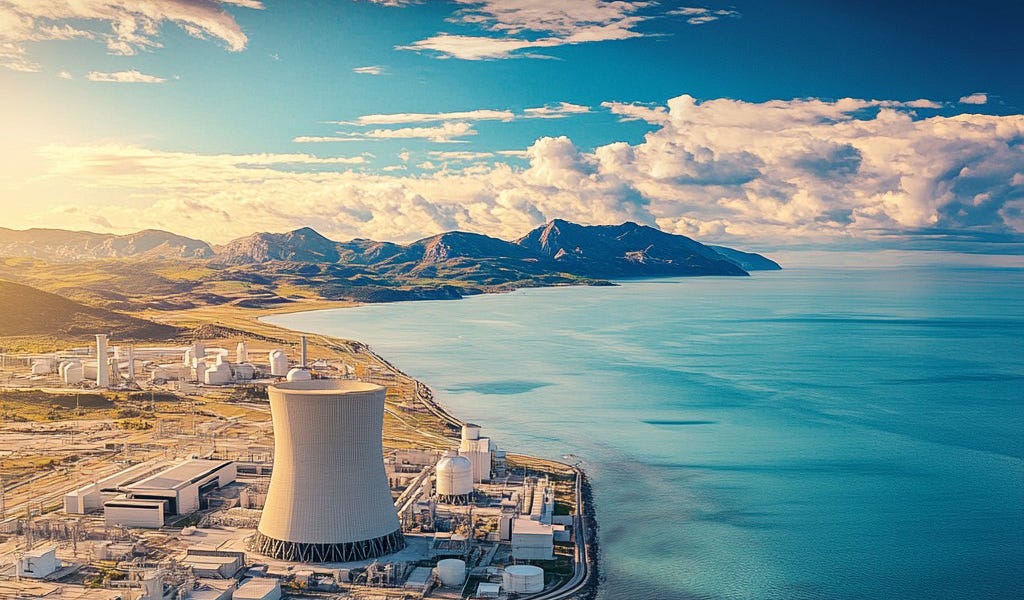
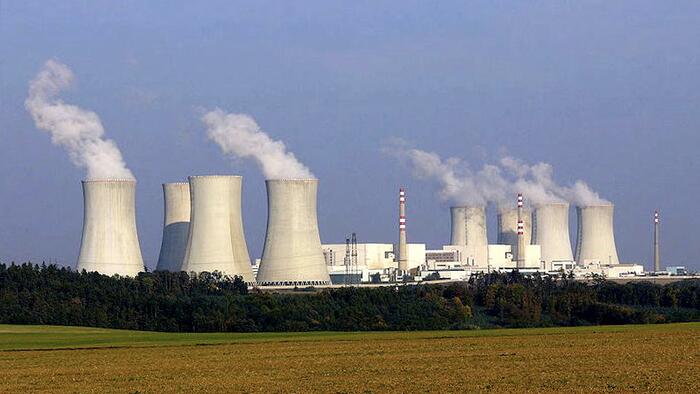

Howe Industries has been working on several nuclear power and nuclear propulsion systems since its beginnings in 2015. This year, NASA's Innovative Advanced Concepts (NIAC) Program moved Howe's Pulsed Plasma Rocket (PPR) up to a NIAC Phase II Project. The PPR is designed to produce 22,000 pounds of thrust at an efficiency of 5,000 Isp. High performance chemical rockets operate at Isps of around 400. So, that is more than a 10-fold improvement.
The concept of using pulsed fission explosions (ejecting and then exploding fission bombs behind your spacecraft) for propulsion, goes back to the Project Orion concept of the 1950s. Howe's PPR design features a more elegant and workable arrangement: a fission fuel pellet is moved and bombarded with neutrons as it travels down a tube; at the end of the tube the fission chain reaction goes supercritical and explodes into a plasma which is directed away by a magnetic nozzle to create thrust.
These are NASA's goals for Phase II:
The aim of the design is to allow human flights to Mars that would take only 2 months. The PPR is a leading contender to make that possible, and a candidate for a crash development program as part of the Artemis Project.

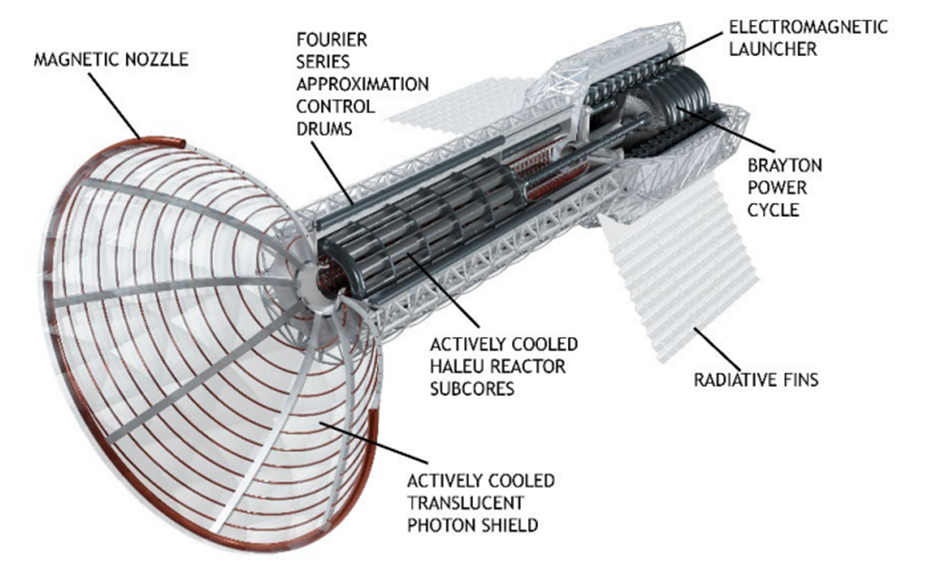
Commonwealth Fusion Systems, a spinoff of MIT's decades of research in fusion power physics and engineering, has agreed with Dominion Energy of Virginia on the siting of the first grid-scale fusion power plant in Virginia. The company is completing construction of its SPARC demonstration reactor in Massachusetts, but will build its first commercial reactor, ARC, at a site provided by Virginia's Dominion Energy. ARC is expected to continuously produce 400 Megawatts of electricity for Dominion—that's about 1/3 the output of the biggest current fission power plants. Making use of superconducting magnets and many other new technologies, the plant will be the first to produce power for the grid in the early 2030s.
Helion, of Washington state, has contracts to produce electricity for Microsoft and for a Nucor steel mill, but those will be dedicated to local industry and not tied to the wider grid.
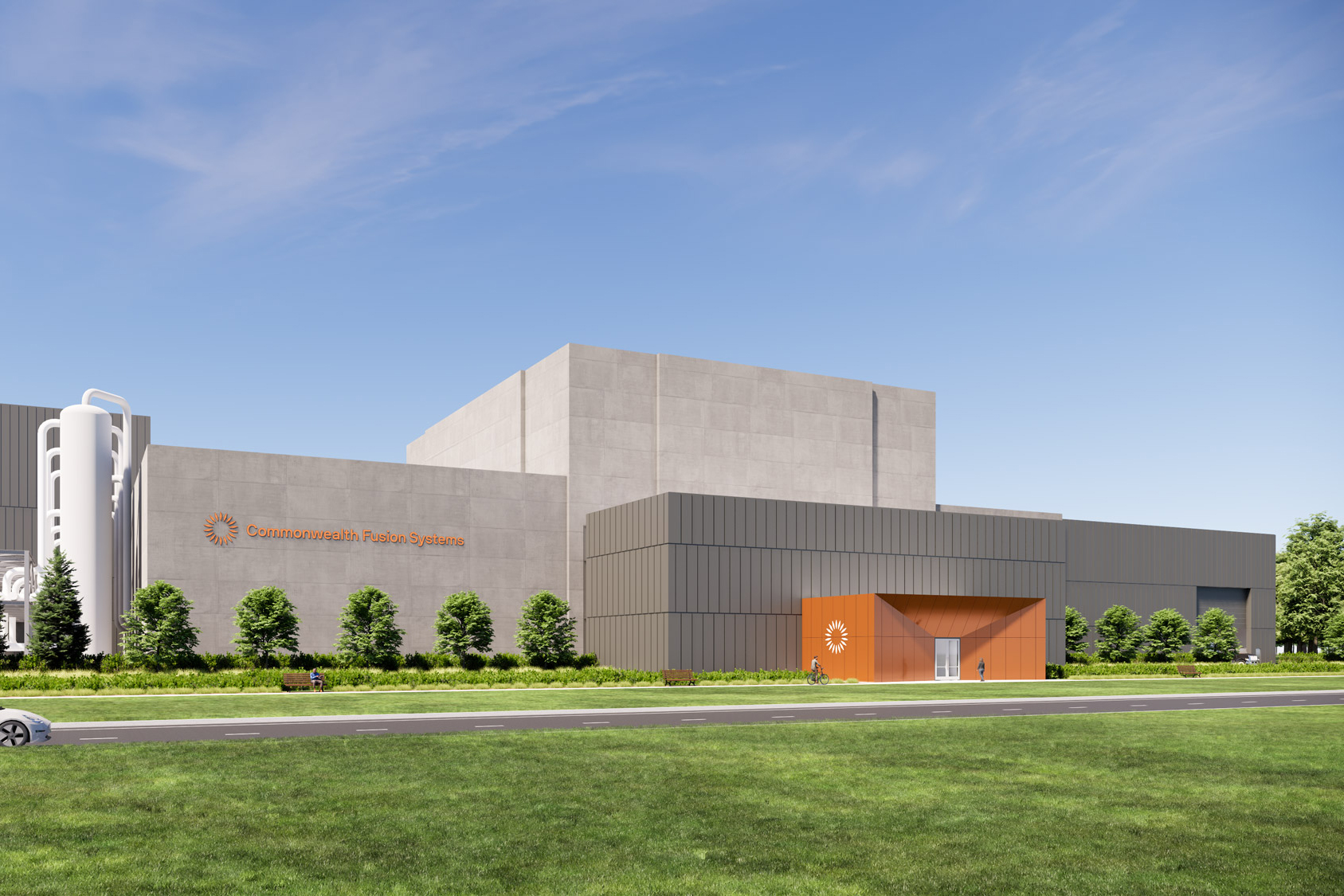
Fusion for electricity generation and rocket propulsion is not a dream any longer. It is now an industry that is gearing up for initial production of actual machines to produce power. The Fusion Industry Association has released a report on the employment opportunities (and educational needs) of the new industry. Note that 89% of the companies developing fusion systems believe that fusion power plants will be delivering power to the grid by 2035.


In all the efforts to build private space stations, our coverage has mostly been of the work of Axiom Space on its Axiom station, and the work by Blue Origin and Sierra Space on their Orbital Reef station. Axiom currently has equipment on the International Space Station and has already flown 3 of its planned 4 private astronaut missions to the ISS. However, Vast Space has just signed a contract for 2 private SpaceX astronaut missions to the ISS, and is planning to launch Haven-1, its first small station suitable for short human stays, next year. It plans to launch the first of the multiple module Haven-2 station module in 2028 in order to be ready to accept NASA work as NASA transitions away from the ISS to private orbital stations to host its human operations in Low Earth Orbit. As launch technology and costs continue to improve, more and more of us will be working in space.
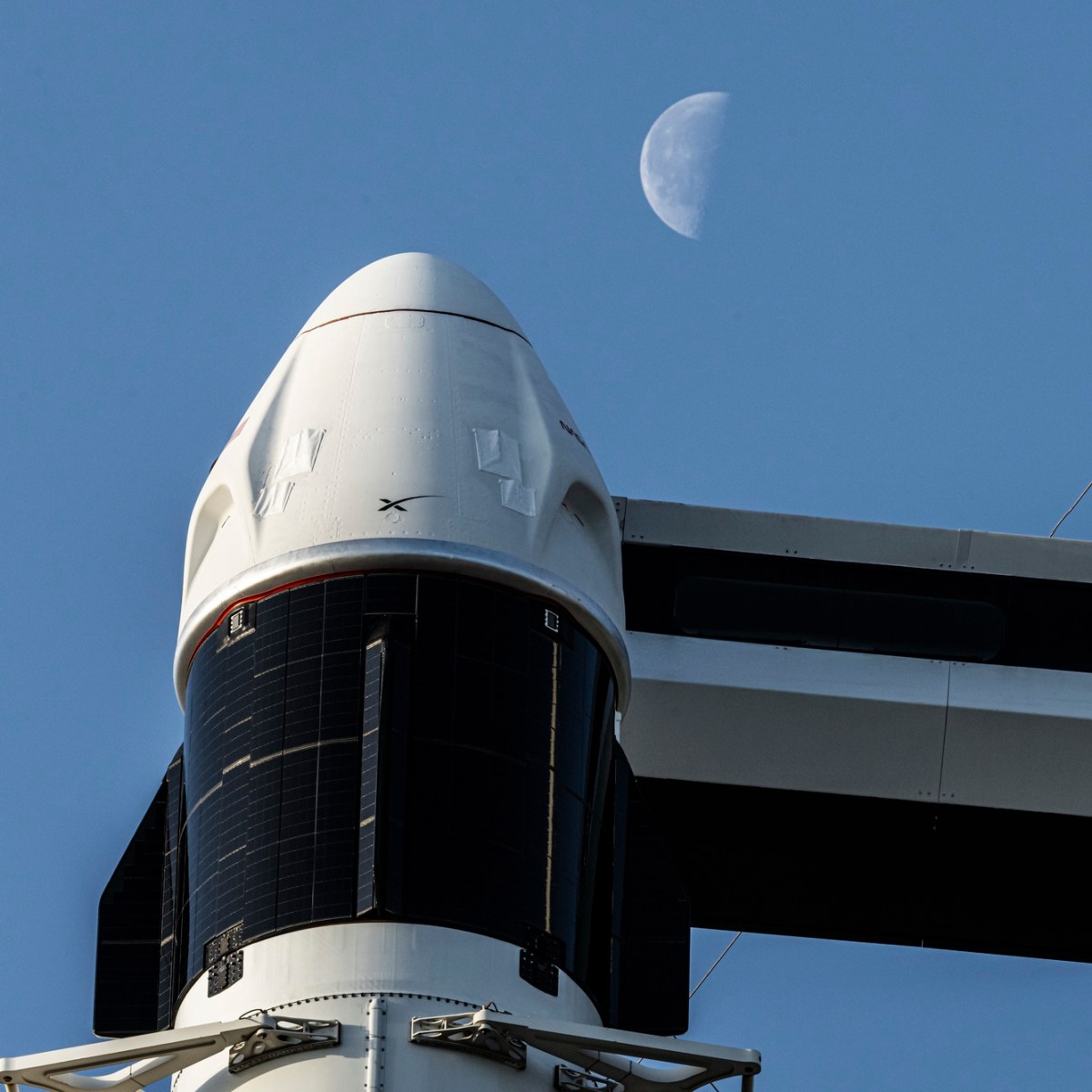
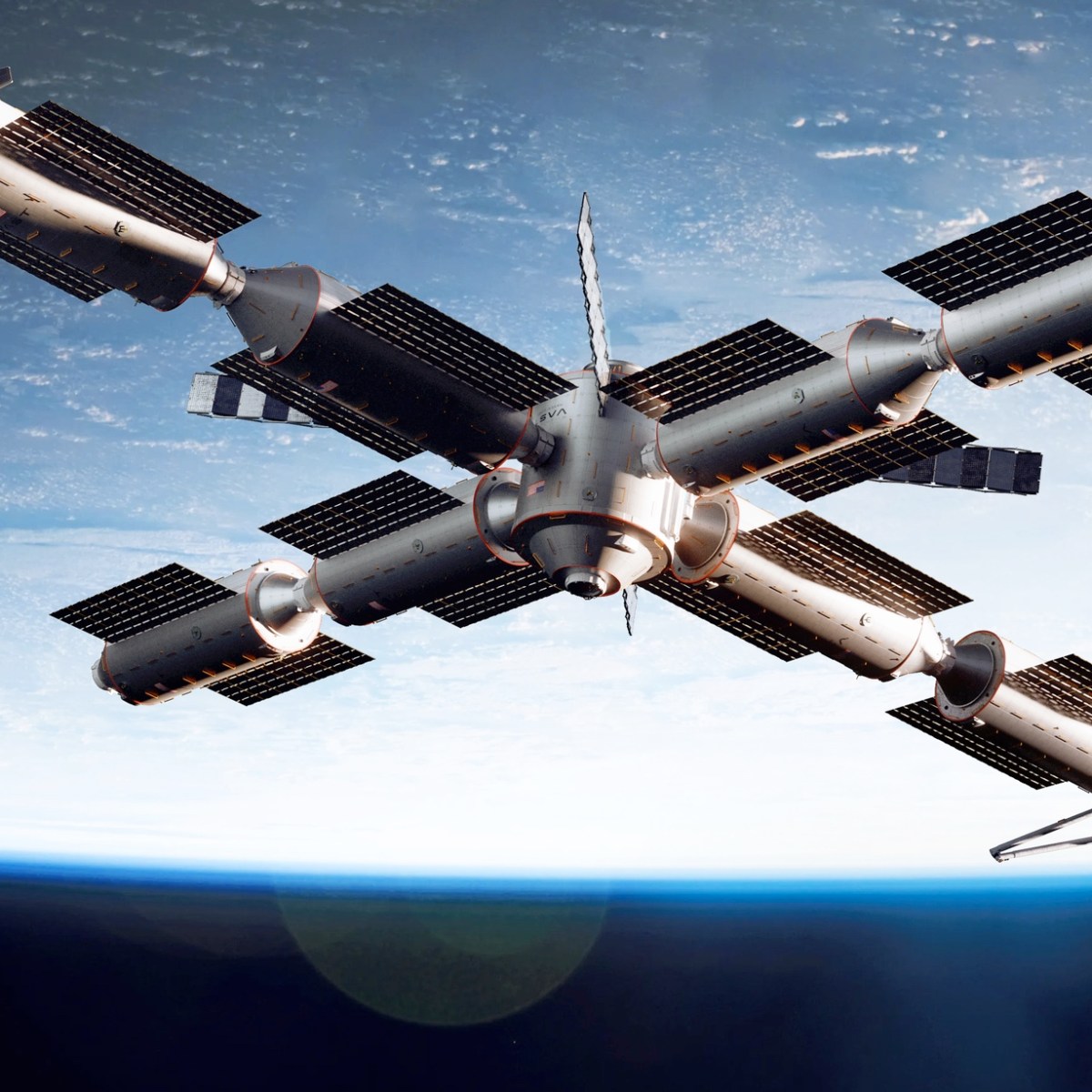
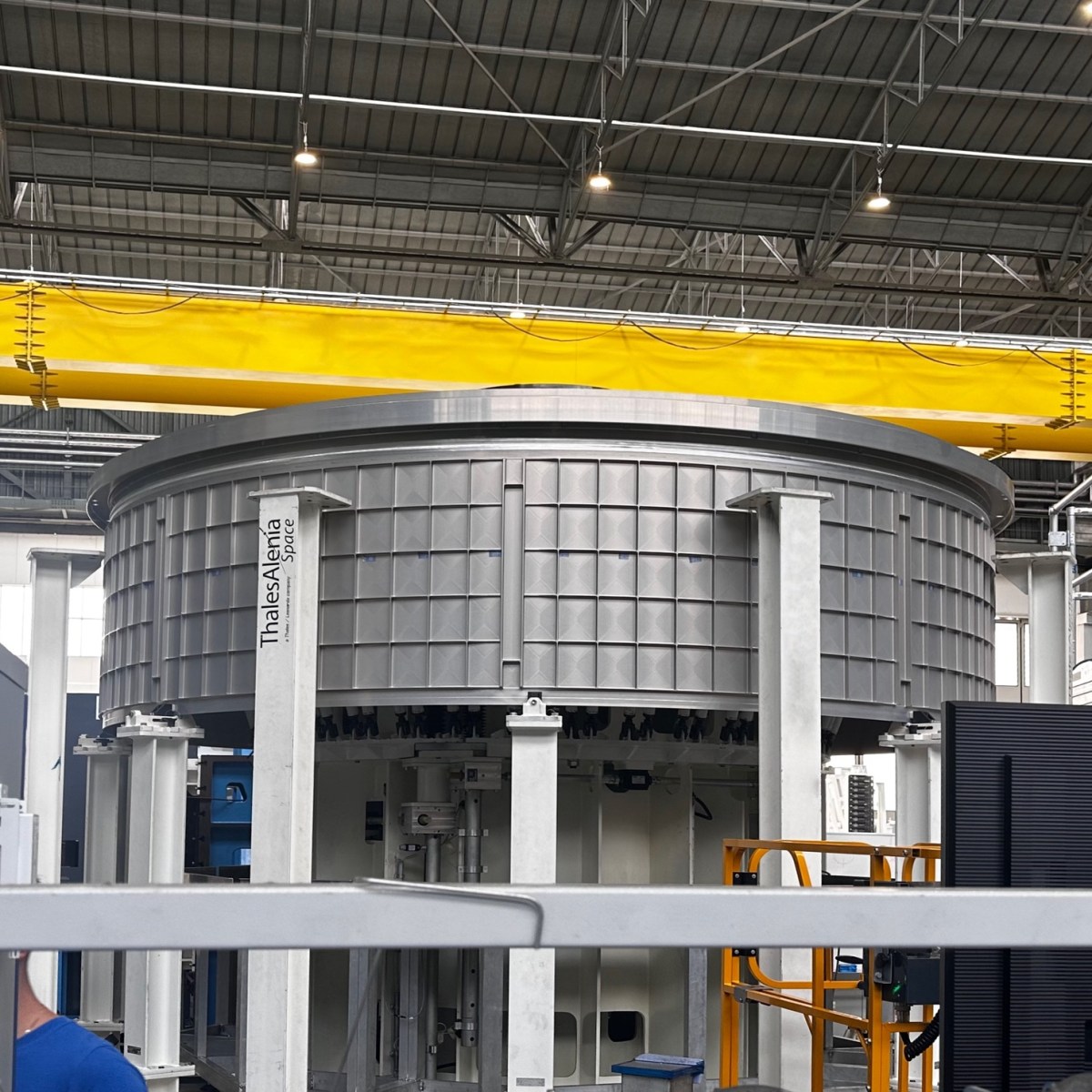
Get our free newsletter. Zero Spam.